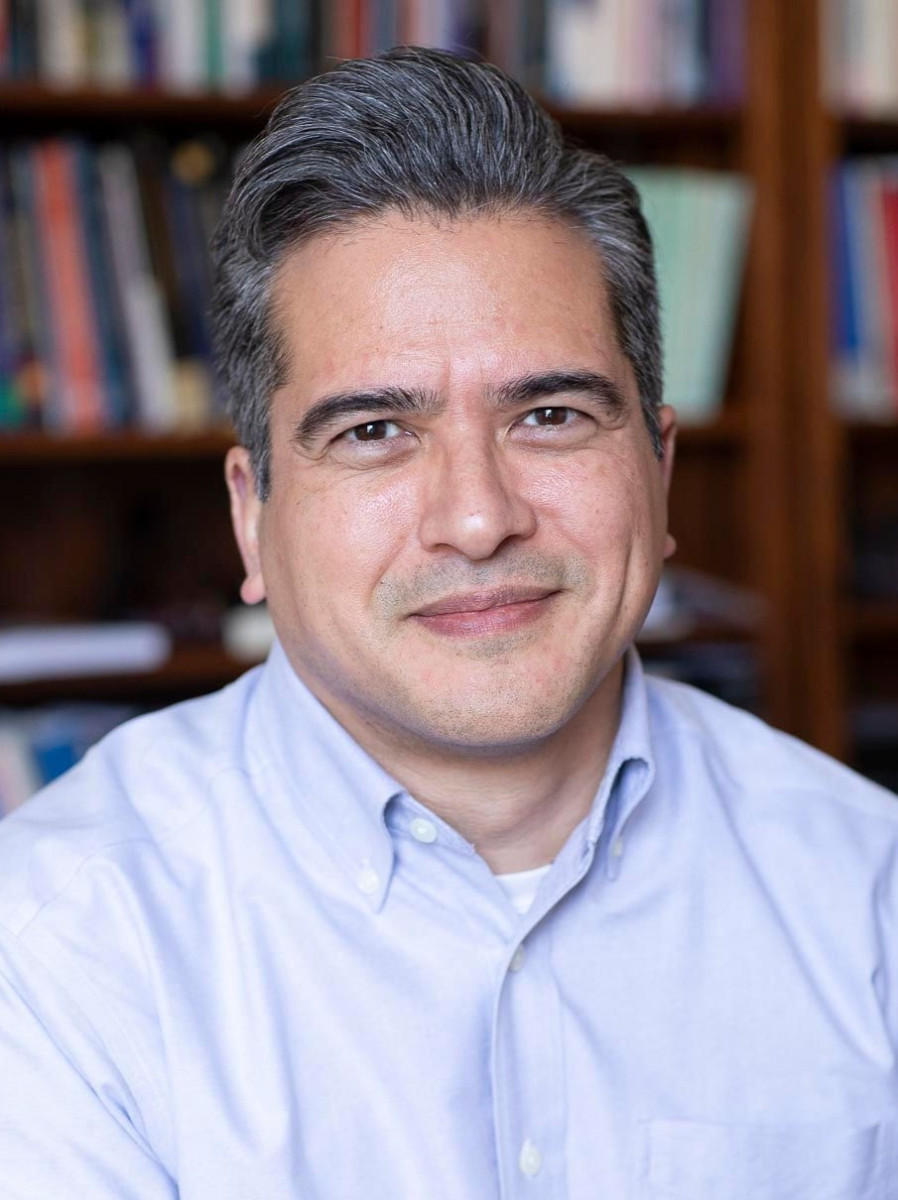A UW–Madison professor is looking for ways to boost trust in science and public health. Cuts to federal funding are making that work even harder.
Research at the University of Wisconsin–Madison drives innovation, saves lives, creates jobs, supports small businesses, and fuels the industries that keep America competitive and secure. It makes the U.S.—and Wisconsin—stronger. Federal funding for research is a high-return investment that’s worth fighting for.
Learn more about the impact of UW–Madison’s federally funded research and how you can help.

When a public health crisis occurs, people are hungry for guidance on what they should do to protect themselves and their loved ones. But what is the most effective way to share public health information? How do officials ensure everyone gets the information they need?
Michael Xenos, a professor in life sciences communication at the University of Wisconsin–Madison, thinks about this question every day. He and his colleagues are particularly interested in ensuring vital information is clearly and effectively communicated to people who might not have the most confidence in public health information. He and his team were just about to build a novel dataset to support this mission when federal funding to the project was cut off.
We spoke with Xenos to learn more about the importance of understanding a community’s level of trust in science and what Wisconsinites could be losing out on without this funded research.
What inspired this project?
We know that some communities have a lack of trust in science and even mistrust in scientific institutions. When it comes to public health information, these are problems where we see disproportionate harm in minority communities. These are communities where healthy, robust engagement with scientific issues and discussion on scientific research would be beneficial.
During the COVID-19 pandemic, there were many health communication challenges, particularly in Black communities. My colleagues and I noticed strands of communication with false information about COVID and vaccines that promoted anti-vaccination rhetoric within these communities, which were targeted by using historical mistrust of medical institutions as a strategic wedge.
Our project wanted to understand the underlying dynamics that create the relationships with scientific institutions for different groups in society. We wanted to get at the origins of this mistrust and where the connections come from. Then, we hope to learn how we can make engagement with science more effective for everyone.
How do you define mistrust, and why might some communities feel that way toward science?
Mistrust, particularly in minoritized communities, is distinct from a lack of trust. Mistrust is a sense that the institutions are not working for you and are working against you. A lot of that mistrust is built from negative historical relationships or interactions, like the untreated syphilis study run at Tuskegee University by the CDC and U.S. Public Health Service.
Many studies have addressed the importance of acknowledging that historical context, but in this study, we hoped to also recognize those negative interactions are ongoing and contribute to community mistrust. From there, we could explore how that affects the messaging, delivery and remediation of public health information.
How could understanding the relationships between communities and science help improve public health messages?
We don’t expect that there’s a magic communication path to reducing mistrust. But the message itself is important. We need to figure out what the appropriate messages are for public health officials to deliver.
If we can better understand the mechanisms that create mistrust in communities, we can create better messages that seek to mitigate the effect of that mistrust on engagement with science. That could help inform better communication around health and medicine information.
What advances were you hoping to make with this project?
One of the big products of our research would have been a new measure of inequality-based scientific mistrust. We did the pilot survey for that, but we lost funding before we could conduct the validation survey which would include a more robust survey with larger sample sizes and richer information.
Without that funding, we stand to lose a deeper understanding of not just how experiences of discrimination and disparate treatments affect how people relate to science, but also the diversity of those experiences inside of minoritized communities. These robust social science studies are rare, but it is so important to conduct research that can illuminate those variations and uncover situations where we can see higher versus lower levels of mistrust. The other thing we lost was actual message testing. That would have helped us run scenarios to consider the best way to mitigate the impact of mistrust when we’re delivering a public health message, or we’re delivering a message about scientific research.




